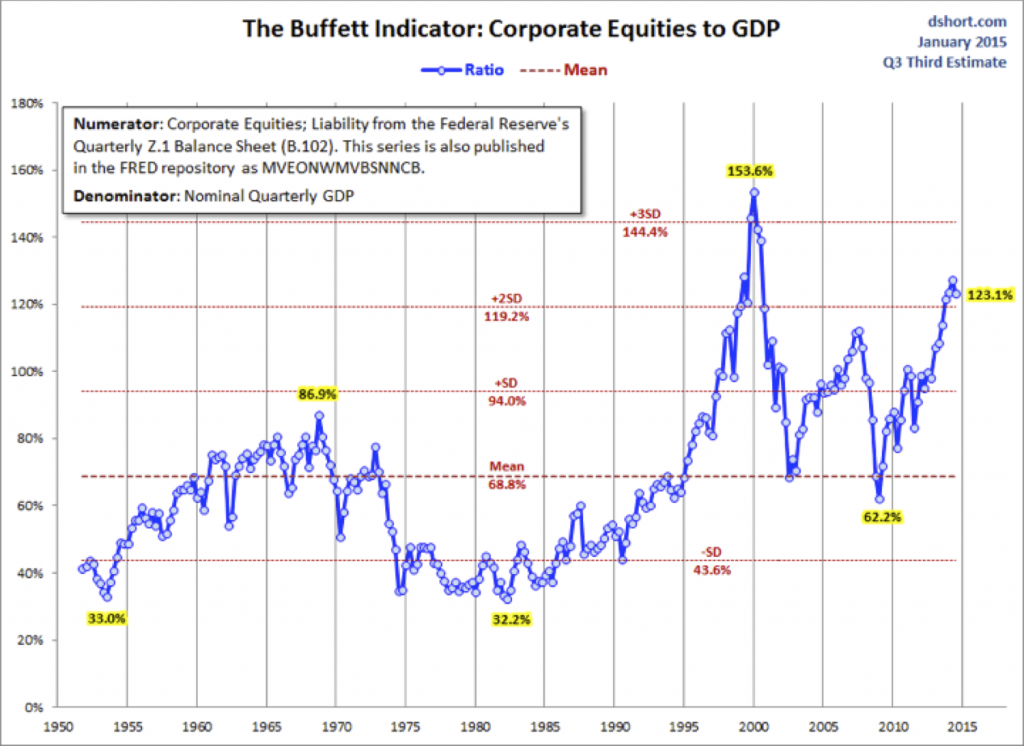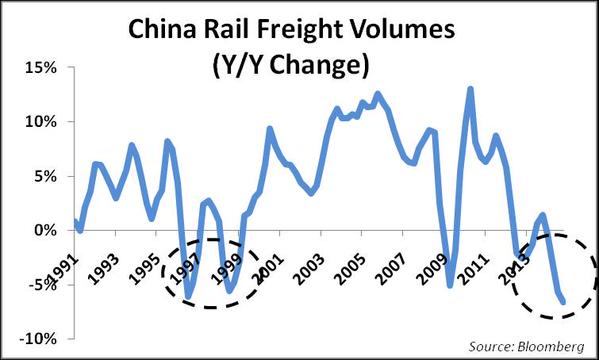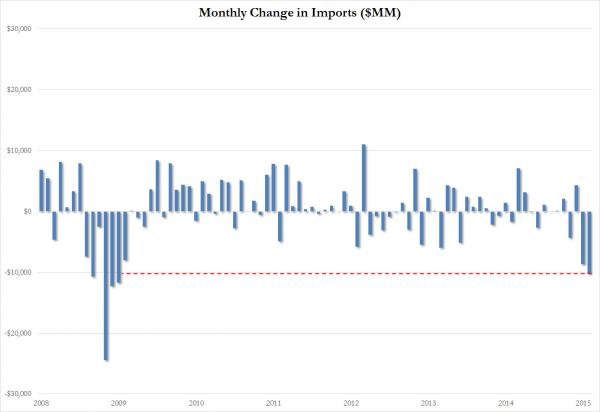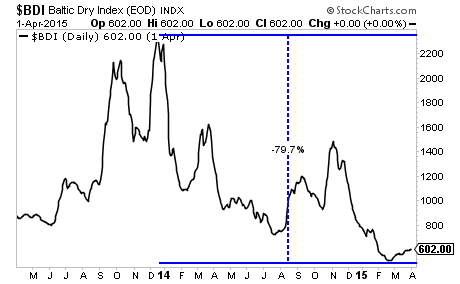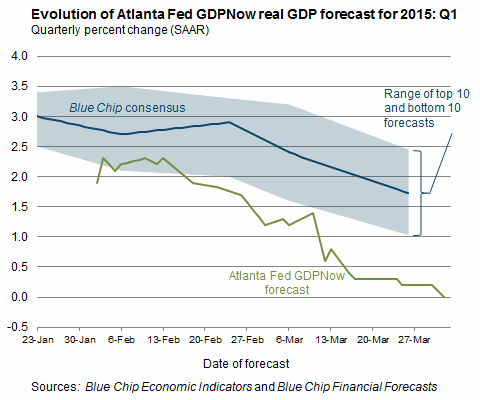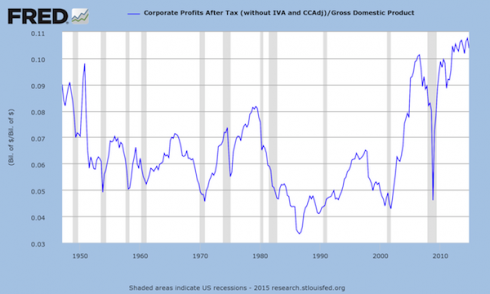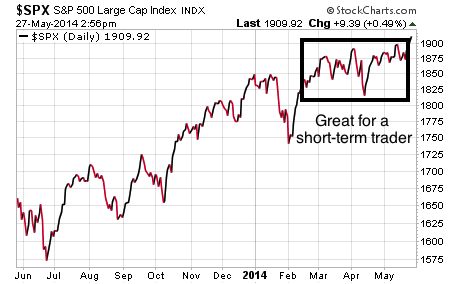The Fed has bet the financial system on academic theories, that upon close inspection defy even basic common sense.
One could easily write a multi-volume set of books on the Fed’s mistakes. However, in its simplest rending, the biggest flaw in the Fed’s models pertains to its total lack of understanding of human behavior.
The Fed believes that if interest rates are low, investors will seek out higher returns by piling into stocks or even real estate. As these asset prices rose, the investors would feel wealthier and so go out and spend more money… which in turn would drive the economy towards growth (70% of US GDP stems from consumer spending).
Of course, the Fed’s model is far more complicated than this, involving all kinds of “clever” math equations… but ultimately the Fed’s recipe for growth is “cut rates and if necessary, buy bonds with newly printed money and growth will appear.”
The only problem with this all of this is that people buy things with income not based on where their stock portfolio is trading (assuming that have a portfolio, but that’s a issue for another time).
When you go to buy groceries or a new suit, you don’t stop to think where stocks are trading. You think about how much money is in your bank account based on your salary… or you use a credit card and project that you’ll have the money to pay off your debt down the road.
After all, the money you “make” from higher asset prices isn’t actually real money unless you sell the asset. You cannot go into a store and offer to pay your bill with part of your stock portfolio. And most investors have the bulk of their portfolio money in 401(k)s, IRAs, and other investment vehicles which they cannot easily convert into cash without facing a penalty.
Who on earth thinks “I will buy this item today because stocks are up and several years from now (possibly decades) I will sell my stocks and have a lot of money”??? No one but Fed officials apparently.
So while the Fed’s policies haven’t generated any significant growth, one thing they have accomplished is a total mispricing of risk in the financial system. Again, the reason for this has to do with the Fed’s complete and total lack of understanding of basic human nature.
When the Fed began announcing QE programs, the single most obvious trade in the whole world became “front-running the Fed.”
In this trade, traders would buy Treasuries at Treasury auctions only to then turn around and sell the bonds to the Fed a few days (or maybe a week or two) to the Fed. After all, if you know that someone else is going to be buying bonds at a certain date and time in the future… and you know they’re not going to be too picky about the price they pay…why not try to game this system to eek out a profit?
By piling into bonds, traders forced prices higher and yields lower: precisely what the Fed wanted. These folks were looking for profits while the Fed was looking for lower yields (meaning higher bond prices). It’s a match made in heaven.
So how screwed up is the risk profile in the world? Today, the yield on the 10-year Treasury (the benchpark for riskless money according to modern financial theory) is yielding less than 2%
If you were to go all the way back to 1790, the yield on the 10-Year Treasury (or its equivalent at the time) has been lower than it currently is only one time before the Fed started its QE programs, and that was in 1945 at the end of WWII.
Treasuries actually yielded MORE than they are now in the depth of the 2008 collapse when everyone thought the world was ending.
These bonds are the benchmarks for “risk” in the financial system. Stocks, corporate bonds, mortgages, auto loans, emerging market stocks… everything you can name are ultimately priced based on their perceived risk relative to the “risk free” rate of lending money to the US for 10 years.
And believe it or not, Treasuries are actually one of the BETTER bonds to own from a yield perspective. Globally over 45% of Government bonds yield less than 1%… and €2.1 TRILLION in EU bonds now have NEGATIVE yields.
Put another way, the financial landscape is now so screwed up by the Central Planners, that investors are actually INCINERATING their money by lending it to Governments.
What’s coming will be the largest Crisis in financial history. Globally the bond bubble is over $100 trillion in size. It literally dwarfs stocks.
And the ENTIRE bond market is mispricing risk.
This mess will burst just as all bubbles do. And when it does it will be ENTIRE COUNTRIES, not just banks that go bust.
If you’ve yet to take action to prepare for the second round of the financial crisis, we offer a FREE investment report Financial Crisis “Round Two” Survival Guide that outlines easy, simple to follow strategies you can use to not only protect your portfolio from a market downturn, but actually produce profits.
You can pick up a FREE copy at:
http://www.phoenixcapitalmarketing.com/roundtwo.html
Best Regards
Phoenix Capital Research



